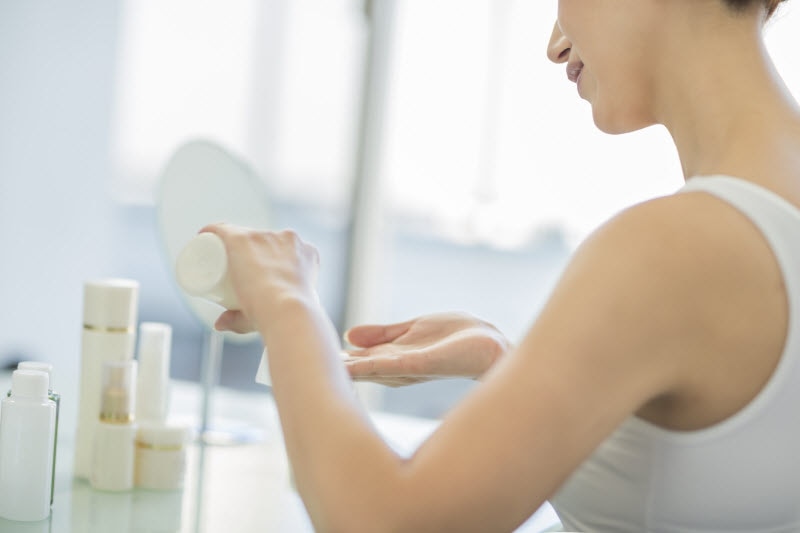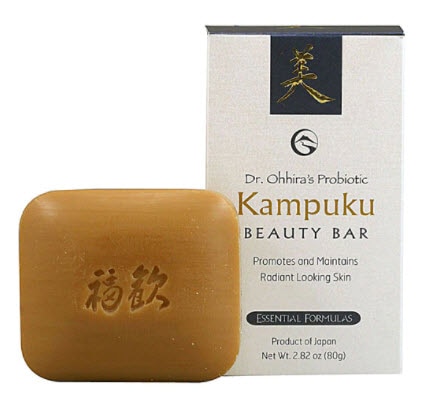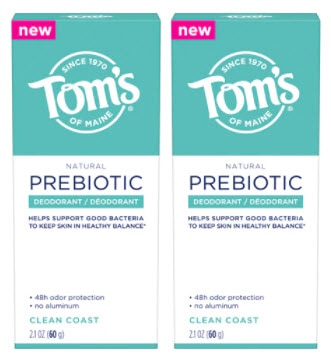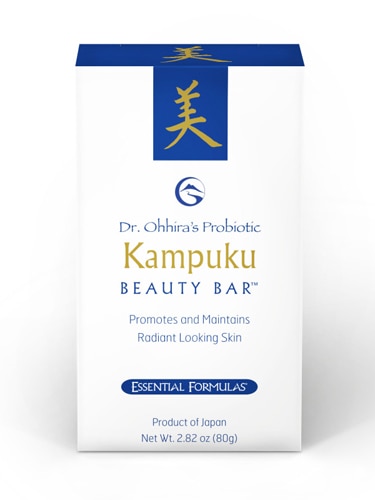You hear a lot about how your
gut microbiome influences your health, but did you know your skin has a microbial community, too?
It’s true!
As many as 1.5 trillion microbes live on and in your skin, and although scientists don’t yet have a full picture of everything they do, it’s becoming clear that keeping these tiny residents in balance is important for maintaining skin health.

A peek into the skin’s microbial world
Your skin microbiome is just as diverse as the one in your gut: There are over
1,000 species of bacteria and as many as 80 different types of fungi hanging out together alongside viruses, archaea
and even anthropods. Age, gender and localized differences in the skin’s environment affect which types of microbes are present.
Your own unique “core” group of skin microbes is seeded at birth and settles into a
fairly stable composition when you hit puberty. Throughout your life, other microbes pass through as you’re exposed to different environments. These transient visitors exert their own effects, for good or ill, before making their departure after a few weeks.
This vibrant community doesn’t just exist on the skin’s surface. Scientists have discovered microbes living as far down as the
hypodermis—the lowest layer of skin made up of fatty tissue that lies underneath the dermis. Just like in the different areas on top of the skin,
distinct microbial communities are found in each layer.
What does the skin microbiome do?
As part of their harmonious relationship with your own cells, these tiny residents communicate with each other and with your immune system. When the microbial community is in balance, this crosstalk can:
However, if the balance of microbes gets disrupted, problems can arise.
What causes skin microbiome dysbiosis?
Some of the same factors that affect your gut microbiome can also upset the balance of microbes on your skin, creating a state known as dysbiosis. Diet and lifestyle choices, including whether or not you smoke, have a big impact; so do contaminants from the outside environment. Specific environmental factors that don’t affect the gut, like climate and sun exposure, may play a role, as well.
Your skin is vulnerable to one other significant source of microbiome disruption: over-sanitizing or over-treating. Using too many antimicrobial soaps and alcohol-based cleansers may kill off good microbes along with pathogens, and
harsh chemicals found in some types of skincare products can cause dryness, which exacerbates the problem.
Skin microbe imbalance and disease
Research shows dysbiosis anywhere on the skin
may be associated with:
- Dryness
- Redness
- Excess oil production
- Psoriasis
- Eczema
- Acne
- Rosacea
- Yeast and fungal infections
- Slow wound healing
- Skin ulcers
- Premature skin aging
Research has shown that specific types of bacteria are present in different conditions, such as
Staphylococcus aureus in atopic dermatitis and
Cutibacterium acnes in acne. A healthy, balanced microbiome on the skin generally keeps these bacteria at bay, but dysbiosis creates an environment that can allow them to flourish.
Microbiome skincare to restore balance
If you suspect dysbiosis may be behind your skin problems, what can you do?
New types of skincare that incorporate prebiotics, probiotics and postbiotics may be able to correct the imbalance and promote healing.
Prebiotic products contain sugars and fibers that feed your skin’s microbiome. Probiotic skincare includes actual microbes, and
postbiotic formulas incorporate beneficial microbial byproducts. Some cleansers, creams and treatments don’t contain any microbiome boosters but have gentle formulations that
preserve your microbiome.
It
is possible to adjust your skin’s microbiome by using products that introduce other microbes—but the
amount and frequency of application affects how well the treatment works. Because everyone’s microbiome is unique and specific conditions may require different products, talk with your dermatologist before adding microbiome skincare to your regimen.
How to keep your skin microbes happy
Whether or not you experiment with microbial treatments, there are a few basic changes you can make to promote a healthy skin microbiome:
- Avoid harsh or drying chemicals in skincare products
- Minimize your use of sanitizers and exfoliants
- Emphasize whole plant foods in your diet
- Drink plenty of water throughout the day
- Use a microbiome-friendly sunscreen when you go outside
- Quit smoking if you smoke
These habits will not only keep your 1.5 trillion skin microbes in balance but also support your overall health. So, show your skin some love to protect the tiny community that’s protecting you every day!
Featured products:








